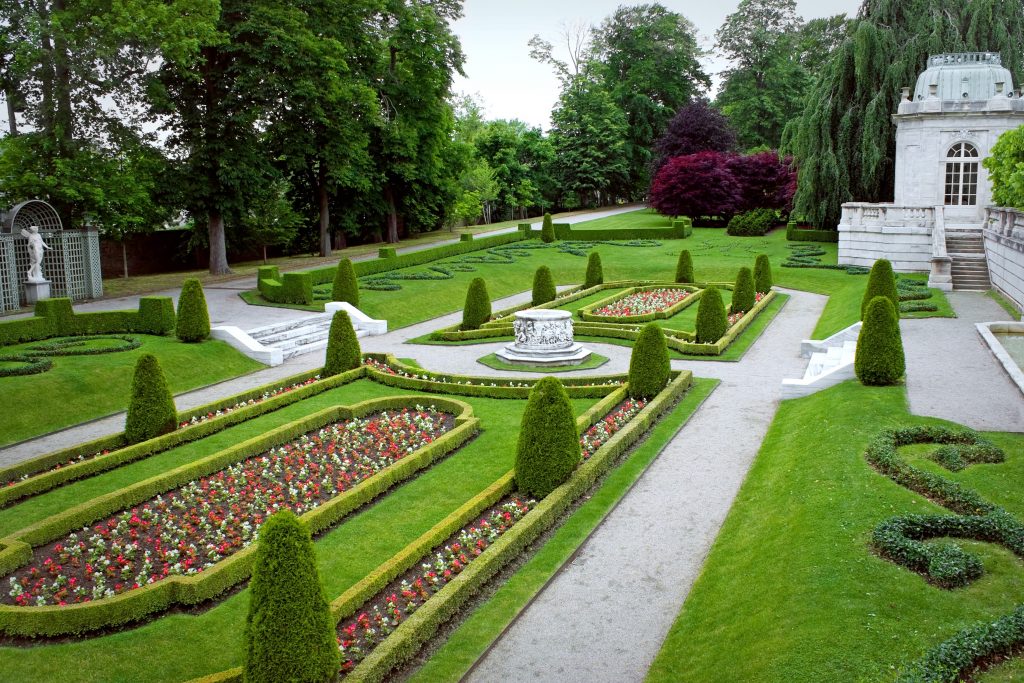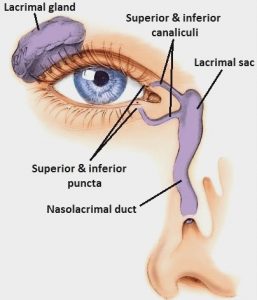 You’ve measured and recorded. You’ve dreamed about what you’d like in your landscape and begun to prioritize the needs of those using it. You have organized a Base Plan, that preliminary map on which your collected measurements and information are roughed out.
You’ve measured and recorded. You’ve dreamed about what you’d like in your landscape and begun to prioritize the needs of those using it. You have organized a Base Plan, that preliminary map on which your collected measurements and information are roughed out.
Now, you’re ready for the next step, putting together your Master Plan. Pulling together all of your combined information onto one large sheet of graph paper is a sure way to gain control of your personal planning process. The trick is to keep designs flexible and not add too much detail at any one time.
- Pick a period, when you know you’ll have a quiet, unbroken stretch of time.
Assemble the basic materials listed below along with your notebook and Base Plan (article #1):- Pencil with soft lead. I prefer a #2 or softer because the marks are easy to erase.
- Eraser made of plastic or vinyl. The red ones found on pencil tops usually leave smudges or streaks on paper.
- Straight edge or ruler with a precise edge. I like the clear ones with increments distinctly marked.
- Grid (graph) paper in large sheets. The best sizes are those ranging from 11X17-inches to 18X24-inches.
All of these basic supplies may be bought at community craft or art stores. However, here is a sampling of the many suppliers who maintain web sites as well as local stores: Village Supplies, LTD., Reuels, Staples and Artist Supplies. Accessing these sites is an easy way to familiarize yourself with these supplies and their prices. It’s a convenient way to save the time and energy required for exploring a store’s inventory.
Proceed with a large new sheet of grid paper. Paper ruled 4 squares per inch is ideal for small properties or for developing the Master Plan. The relationship here is ¼ inch (one square) equals one foot. On the other hand, paper with eight or ten squares per inch is better suited for large properties because the relationship can be ⅛ or 1/10 inch (one square) equals one foot.
Start on your Master Plan by incorporating the essentials of your Base Plan using all the measured areas, as they exist now, including entrances and exits from house, garage, swimming pools, sheds, etc. The next items to incorporate on your Master Plan are all the Existing Materials, both plants and manmade items. It might even be helpful to indicate large unsightly parts of the landscape such as tree stumps or the neighbor’s unruly hedge on the Master Plan, and overlay these objects with an X or question mark.
Now you’re ready for a constructive study of what you’ve diagramed. Reflect on what you’ve begun with and review the priorities outlined in your notebook . Fantasize about what you’d like to see happen.
- Do you want to rearrange or alter the groupings from your Base Plan – public or approach areas; private or living areas; garden(s); service area(s)?
- What would you like to see happen with those large existing materials?.
- Items needing attention for safety or comfort’s sake should be listed on a Top Priority page of your notebook.
- Now make that wish list of how you would like to rearrange these groupings or what you would like to see added on a separate sheet in your notebook.
- Next to each item jot down whether you are physically able to accomplish the desired changes or will need to hire someone to help. This will help you figure out how realistic your wish list is.
- Finally prioritize what you would like to see accomplished. This can take the form of a numbered system, for example #1-10 with #1 being a short-term possibility and #10 being a distant, but longed-for dream. Or, you can set up annual goals that will use your developing skills and allow you to budget your time and money for these changes.
To illustrate what I mean by this part of the planning process, and the need to keep your ideas and plans flexible, here is how an area on the south side of our house developed over time.
When my husband and I first moved into the house over three decades ago, I realized that the site abutting to the east of the double door exiting from the basement would make an ideal place for a small greenhouse. However, with little money and three small children, this idea had to go on my wish list.
The most important thing at this exit then was to install a safe landscape including a landing so the back yard and clothesline could be reached. This, we did with various sizes of flat rocks collected from around the property.
High on our priority list was construction of a cold frame for the vegetable and flower seedlings we started in the house. When a neighbor offered some old window sash to us, we built our cold frame on this site, incorporating more flat rocks from our property.
Meanwhile, the freeze-thaw cycles of New England winters played havoc with the rock landing, making it unsafe and requiring a new one. We budgeted for a concrete pad which my husband and a friend spent a weekend constructing.
Over time, the cold frame outlived its usefulness, was dismantled and replaced by what I envisioned as a simple design solution – a raised bed of vines, assorted ferns and perennials. The raised bed has never been very successful, however, mostly because of inattention, and is slated for removal this spring.
What will replace it? A loggia attached to the side of the house and covered with vines from the raised bed? Or the greenhouse that never came to the top of the priority list? Only time and the budget will tell.
The trick with a Master Plan is to avoid plant names and fussy details. Typical landscape design symbols drawn freehand are more than adequate Landscape Symbols. Details of the Master Plan can be drawn on other large sheet grid papers or done on translucent paper as an overlay.
Some of these detailed areas could include surroundings around entrance ways, deck or porch plantings, perennial beds or borders, vegetable gardens, play or recreation areas, and service areas. Colors, individual plants, and hardscape (manmade) materials can be experimented with on these expanded drawings. I will discuss these additions in later articles.
Once these first steps are accomplished in getting your plan on paper, climate and other environmental considerations will need to be examined. They need to be incorporated into the Master Plan because they ultimately influence plant and hardscape choices. We’ll have more to write about these concerns shortly.
If you need professional services for landscape maintanance, click here.

 Kashmiri Chi
Kashmiri Chi



 Information for the fares and schedules of Southwest Airlines, as well as general information for the company.
Information for the fares and schedules of Southwest Airlines, as well as general information for the company. Backcountry is offering a vast selection of brands and outdoor gear. Black Diamond, The North Face, and Norrona are just a few of the offered brands.
Backcountry is offering a vast selection of brands and outdoor gear. Black Diamond, The North Face, and Norrona are just a few of the offered brands.

